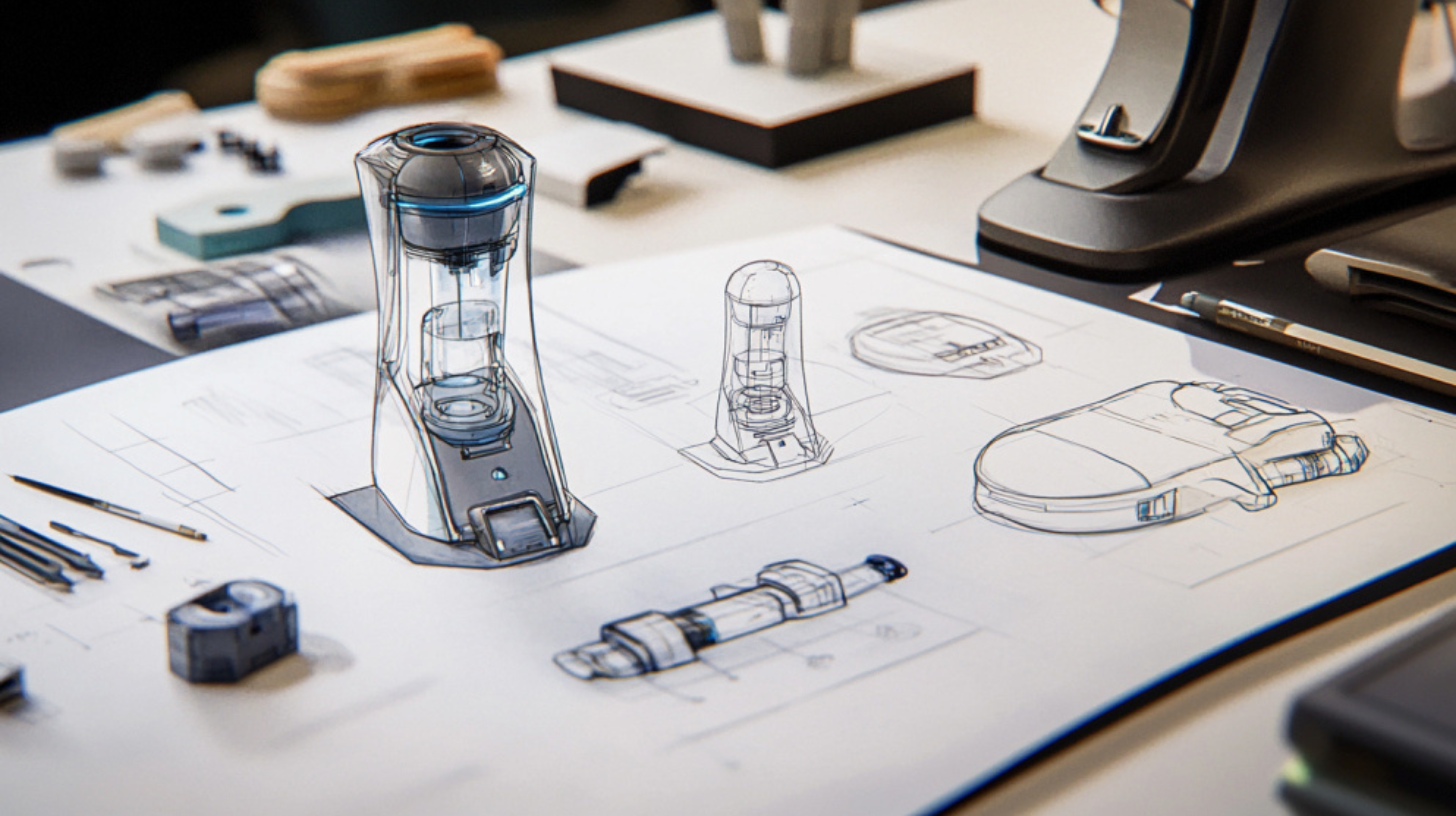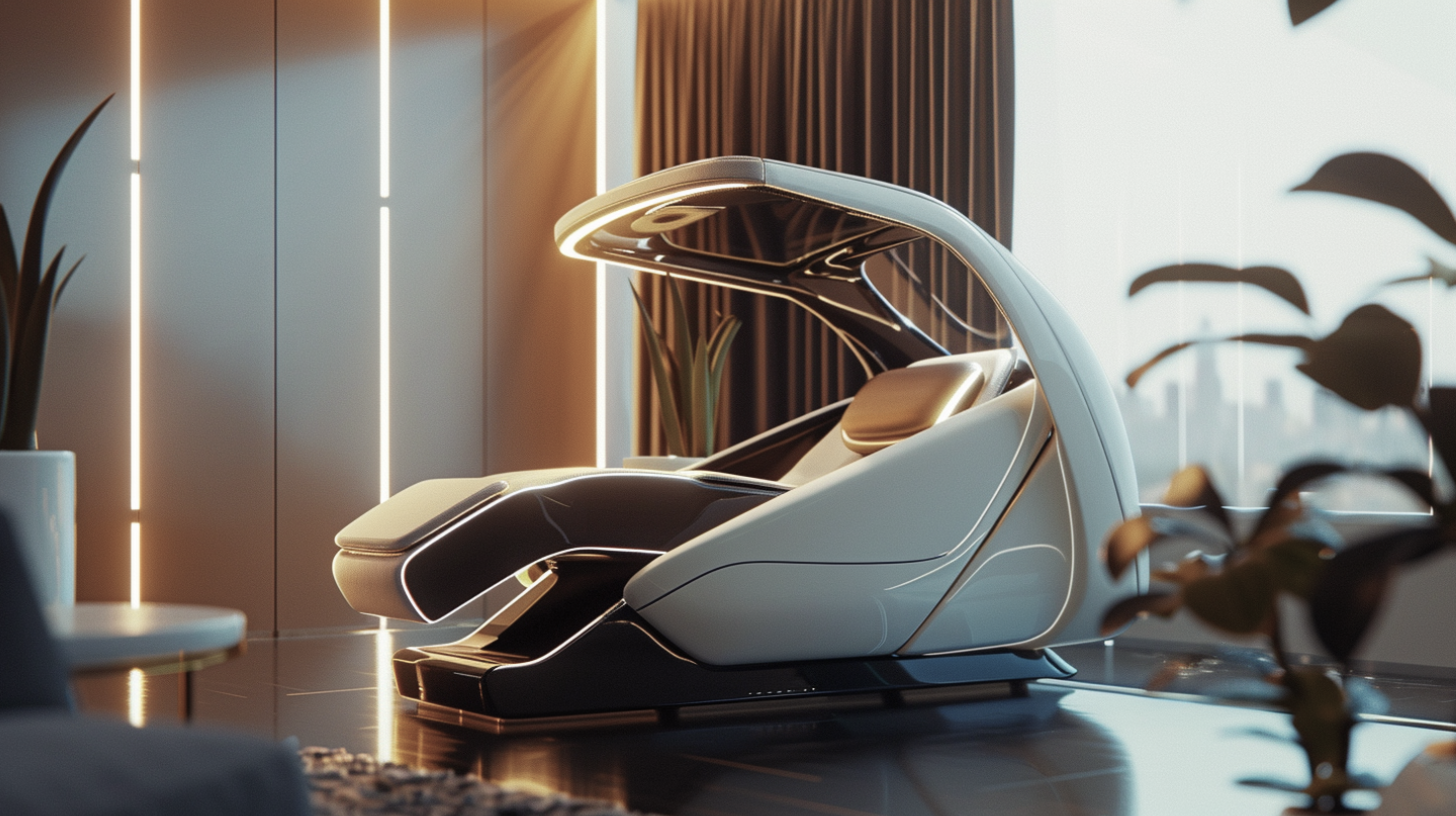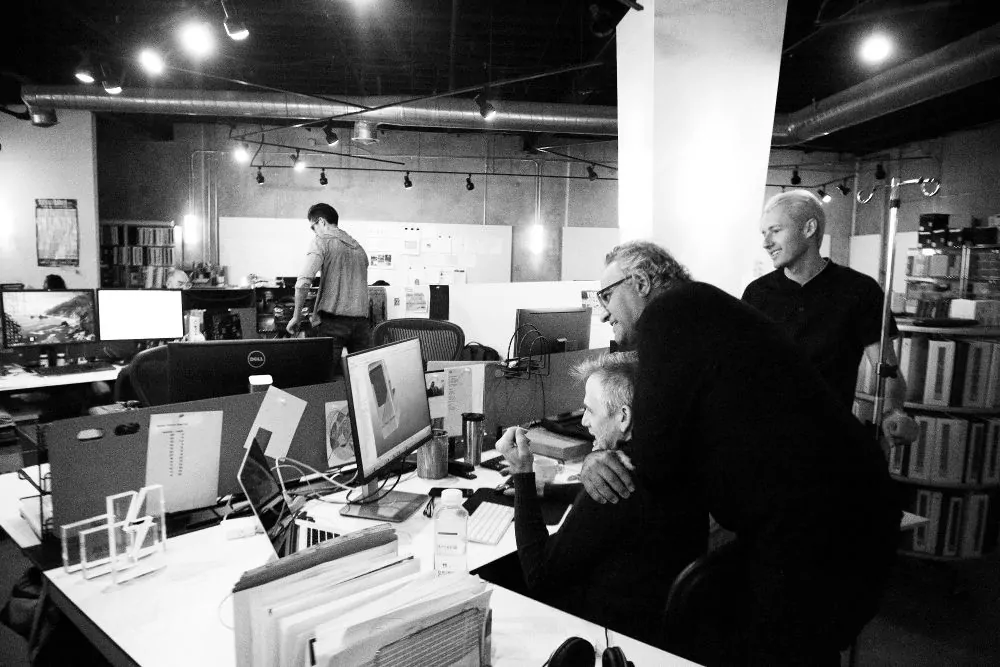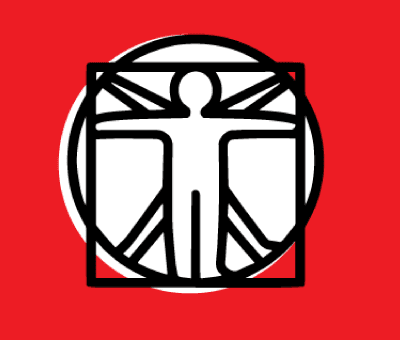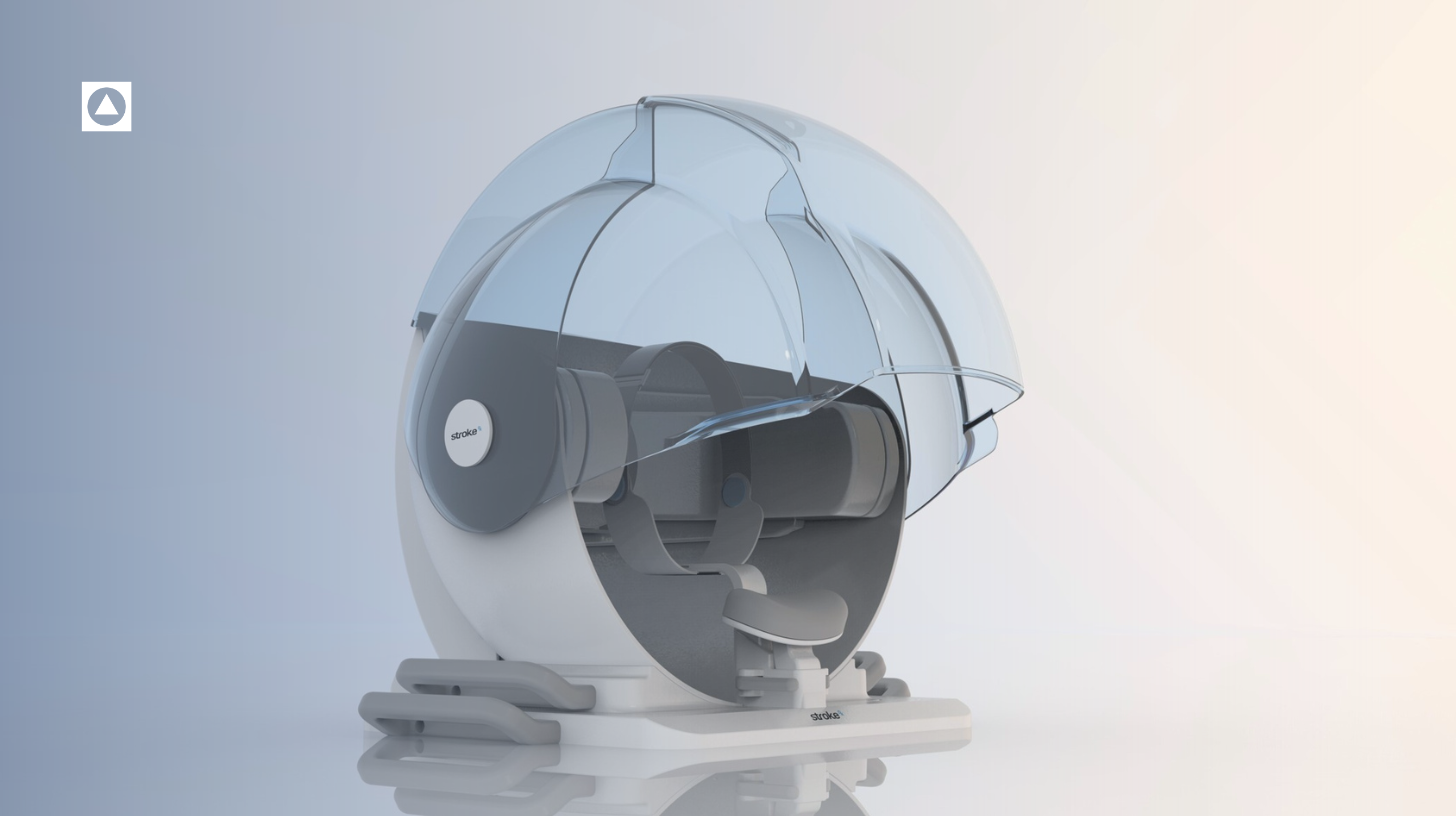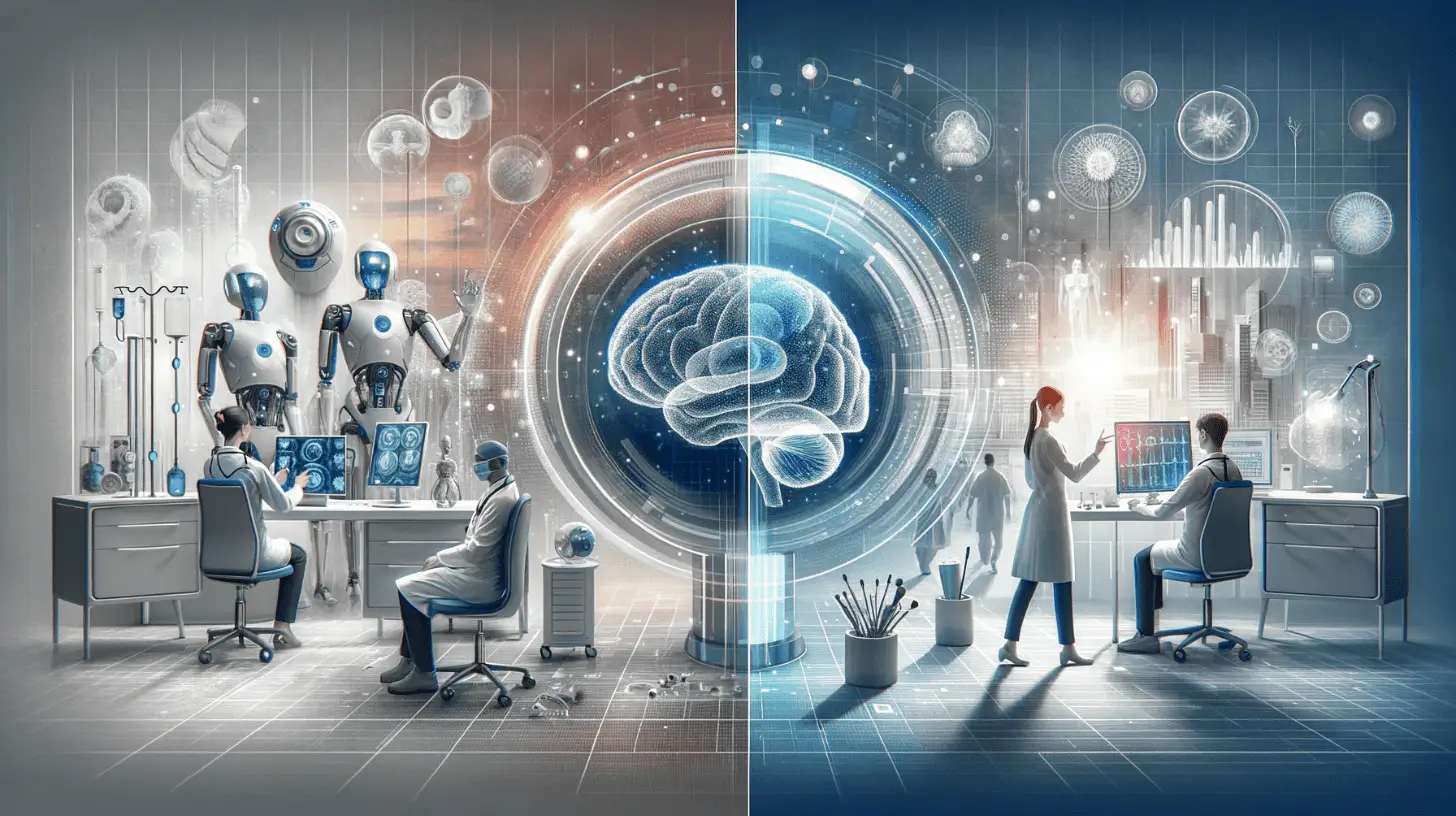Our thoughts on human-centered design.
Human-Centered design is now a core competency for designers and business stakeholders at every level. As designers, we’ve been practicing this strategy for decades through human-centered design. At the same time many of the most successful companies of our time are human-first, listening obsessively to their customers and proactively improving their lives, and iterating on decisions informed by the voice of the customer.
As a leading design firm the question we’re asked most often is how human-centered design can be applied to organizations, products, or services. This article tries to answer that question. For many designers (certainly for RKS), human-centricity is essential. We have used human-centered design for over 40-years. Now, as design takes its necessary place in the C-suite, in non-profits, and in governments, human-centered design has found an even larger purpose: to inform decisions in our societies at the highest levels creating the conditions for human fulfillment, prosperity, and self-actualization.
What is human-centered design thinking?
Human centered design thinking is a deeply empathetic way to understand consumers and wants and needs. It is a non-linear, iterative process that is driven by empathy and experimentation. It is both a philosophy and methodology that allows designers and business stakeholders to see the signal through the noise, and converge on the right solutions. By taking a human-entered approach, designers and business stakeholders can design for the future, relying on essential human needs and emotions to create products and services that are successful in a dynamic world.
Why is Human-Centered Design so important now?
Originally a tool of designers, human-centered design is now a tool for everyone. Designers and business leaders everywhere are realizing that they need to become human-centered designers to create systems, products, and services that will remain relevant in a rapidly changing world..
The main principle of human-centered design is deep empathy for the people you are designing for. As a leader, you must build and manage teams through deep empathy for the people you are leading. Practicing human-centricity makes leaders alike more effective, efficient, and impactful. In the past, products and services have relied on barriers to entry and startup costs to control a competitive advantage. New technologies have chipped away at that strategy. The barriers to designing and creating new products and services are lower than ever, placing a premium on the ability of leaders to use human-centered design.
The rapid change of technology and demographics are making it even more important to use human-centered design thinking. Using design-thinking alone to ideate and prototype high volumes of ideas can certainly create a recipe for some success. However, applying Human-Centered Design Thinking will ensure that a success has staying power, because the success will actually serve the needs of the users. By serving the needs of users, a solution transcends into an emotional connection that increases in strength with each use.
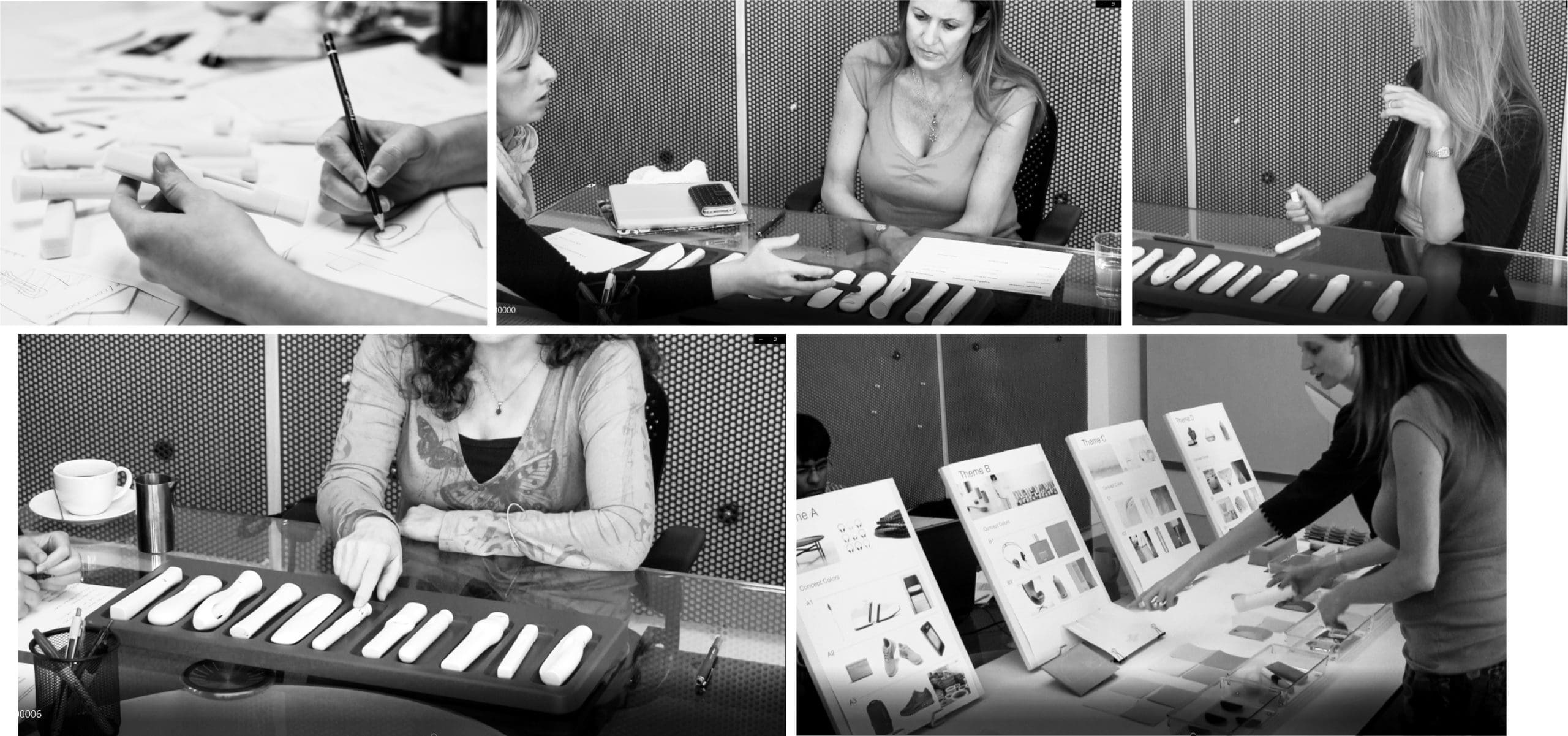
What is a human-centered design process?
Human-Centered Design can be learned, and it can be used to solve any problem. Human centered design-thinking is a deeply empathetic, repeatable, non-linear, design process used to define and solve strategic problems. Like almost anything, Human-Centered design becomes more effective with practice.
Through our decades of experience, we have created Psycho-Aesthetics, a unique human-centered design-thinking process that is learnable and repeatable. We have used it in all of our projects to some extent, and have taught it to hundreds of companies. We also teach it through Harvard Case Studies, a dedicated curriculum at UCLA, USC, and the Savannah College of Art and Design. It has led directly to the creation of thousands of products and services that resonate deeply with users and customers— driving viral engagement and exponential growth.
The process has six components, which are designed to be repeatable and iterative.
Research
Research is used to learn about your consumer and user. Research can be primary, actually speaking with and learning from the person, or secondary learning through publications or other research. Research is an essential component of human centered design because it creates a foundation of empathy that will be used later in the process
Synthesis
Transforming research into maps, journeys, personas, opportunities, etc., is critical to setting the stage. If research is our foundation, synthesis is our floor. We like to think of synthesis as the stage and creation as the performance. The visuals are best served when printed poster size or larger and placed into a “war room” in which an immersive environment is created. This evokes higher levels of empathy and facilitates creative immersion sessions that combine the creative team with other disciplines, from engineering to marketing to manufacturing and shipping. Some of the most brilliant ideas come from latent creativity of non-designers who stimulate us with their ideas and insights that are often dormant until brought together in a team setting, surrounded by the P/A tools. The ultimate goal here is to understand the opportunity zone, where we find unmet emotional and rational needs.
Key Attractors
Once the opportunity zone has been identified and the help-me statements have been evaluated the key attractors need to be created. This can be done simply by pulling the pain points gathered from the personas and turn them into considerations to motivate your design. Key attractors are specific design features, touch points, haptics, and emotional responses that engage particular target groups. They provide guidance throughout the design process and can be evaluated against competitive offerings to ensure the creation of unique products and services that successfully differentiate in the market.
Hero’s Journey
The path to creating deep connections with consumers depends on an ability to guide them past hesitation and doubt and into a rich, inviting series of experiences that leave them feeling good about themselves. To achieve this, Psycho- Aesthetics employs our interpretation of the Hero’s Journey by Joseph Campbell. The Hero’s Journey is used to frame the process by which consumers bond with the products and experiences they seek out in the marketplace.
Design
Once the Moments of Truth have been established through Synthesis, the process of physically designing can commence. The collective P/A insights that you have gained become the tools you need to make sure you are making a design / experience that is worth being made.
Execution
The transformational challenge and experience of creation, design, and innovation from an idea into reality is one of the richest experiences in which all designers immerse themselves. Understanding your P/A frameworks serves as a cross-check mechanism by which concepts themselves can be held up against the P/A and visually measured as to their relevance. The assets of your P/A will drive you toward new relevance and design levels of aesthetics and interaction at a higher level. The effort involved in execution is time-consuming hard work, and having a guide to help you through the tens, hundreds or thousands of decisions that need to be made will serve you well.
Moments of Truth
The final step in designing moments of truth. Moments of truth are deeply human-centered decisions. Although a consumer or user may not have vision, they are seeking acceptance of others. In the case of today’s technology that we carry or wear, we seek to convey empowerment. We’re all looking to be something more tomorrow than we are today…that is the human condition. Moments of Truth are essential to our needs of self-actualization and acceptance.
How can I learn Psycho-Aesthetics?
Our methodology is and always has been free. We believe that by giving our methodology to the design and business communities we can do our part in creating a more human-centered and empathetic world. Below you can find links to our different downloads.

